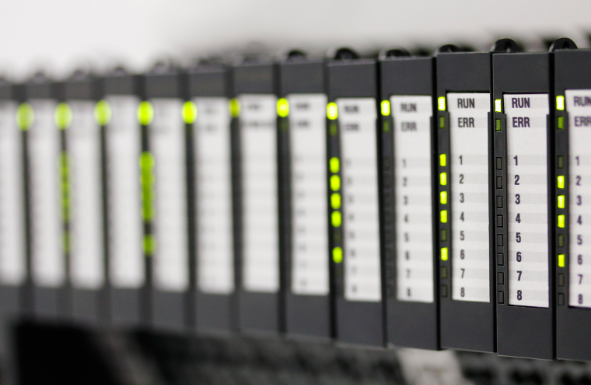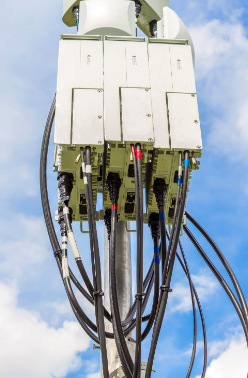Last Updated on November 25, 2022 by mdmtool
The industrial automation industry uses a variety of devices to control and monitor production processes. Two most commonly used devices are PLCs (programmable logic controllers) and RTUs (remote terminal units). Both devices serve similar purposes, but some differences between them should be considered when choosing the suitable device for a particular application.
What Is A PLC?

A PLC is a Programmable Logic Controller. It is a digital computer used to automate industrial processes, such as control of machinery on factory assembly lines, amusement rides, or light fixtures. PLCs are similar to personal computers; they have memory, a processor, and I/O.
What Is An RTU?

An RTU is a Remote Terminal Unit. It is a piece of electronic equipment used to monitor and control devices in a system remotely. RTUs are often used in industrial applications, such as oil and gas pipelines, utility grids, and water treatment plants.
Comparison Between PLC And RTU

Size And Capacity: PLCs are typically larger than RTUs. PLCs can control large, complex systems with many I/O points. RTUs often possess smaller, simpler designs with fewer I/O points.
Performance: PLCs are typically faster and more potent than RTUs. PLCs can process complex algorithms and make decisions quickly. RTUs generally are slower and less potent than PLCs. RTUs are often used for applications where speed is not as critical, such as monitoring sensor data or controlling simple devices.
Communication: PLCs and RTUs use communication protocols to send and receive data. Some standard protocols used by PLCs include Modbus, Profibus, and Ethernet. RTUs typically use proprietary protocols that are specific to the manufacturer.
Tools Used: PLCs use software for programming, while RTUs use firmware.
Processing: PLCs are better suited for complex processing, while RTUs are more limited in their ability to process information.
Ruggedness: RTUs are more rugged than PLCs and can operate in harsher environments.
Communication Speed And Data Transfer: PLCs have faster communication speed and can transfer more data than RTUs.
Monitoring And Troubleshooting: PLCs have more features for monitoring and troubleshooting than RTUs.
Ease Of Use: PLCs are more difficult to use than RTUs.
Power Consumption: PLCs consume more power than RTUs.
Maintenance: PLCs require more maintenance than RTUs.
User Interface: PLCs have a variety of user interfaces, from simple push-button panels to complex touchscreen panels. RTUs typically have a more limited user interface, such as a simple keypad or display screen.
Flexibility: PLCs are more flexible and accessible to programs than RTUs and can readily integrate into SCADA (supervisory control and data acquisition) systems.
Resistant To Interference: RTUs are also more resistant to electromagnetic interference than PLCs, making them a good choice for applications near sources of interference.
Cost: PLCs are generally more expensive than RTUs.
The Number Of Inputs/Outputs: PLCs can handle a more significant number of inputs and outputs than RTUs.
PLC: Up to 128 inputs/outputs
RTU: 1-4 inputs/outputs
Operating Voltage:
PLC: 24V DC or 230V AC
RTU: Any Process Voltage
Programming Language Used:
PLC: Ladder Logic, Structured Text, Function Block Diagram
RTU: No standard programming language; each manufacturer has its proprietary language
PLCs and RTUs have various features that can be used to control devices in a system. Some common features include
- Analog input/output
- Digital input/output
- Serial communications
- Ethernet communications
- Web server
- Remote access
FAQs
Is The Plc A Kind Of RTU?
No, the PLC is not a kind of RTU. They are two different types of devices.
How Much Does A PLC Cost?
PLCs can range in price from around $500 to $5,000.
Conclusion
When choosing between a PLC and RTU, it is important to consider the application’s specific needs. Both types of devices have their strengths and weaknesses, and the best choice for a particular application will depend on many factors. Cost, flexibility, programming ease, scalability, and resistance to interference are all important factors to consider when choosing between a PLC and RTU. Ultimately, deciding which type of device to use depends on the specific application and requirements.





